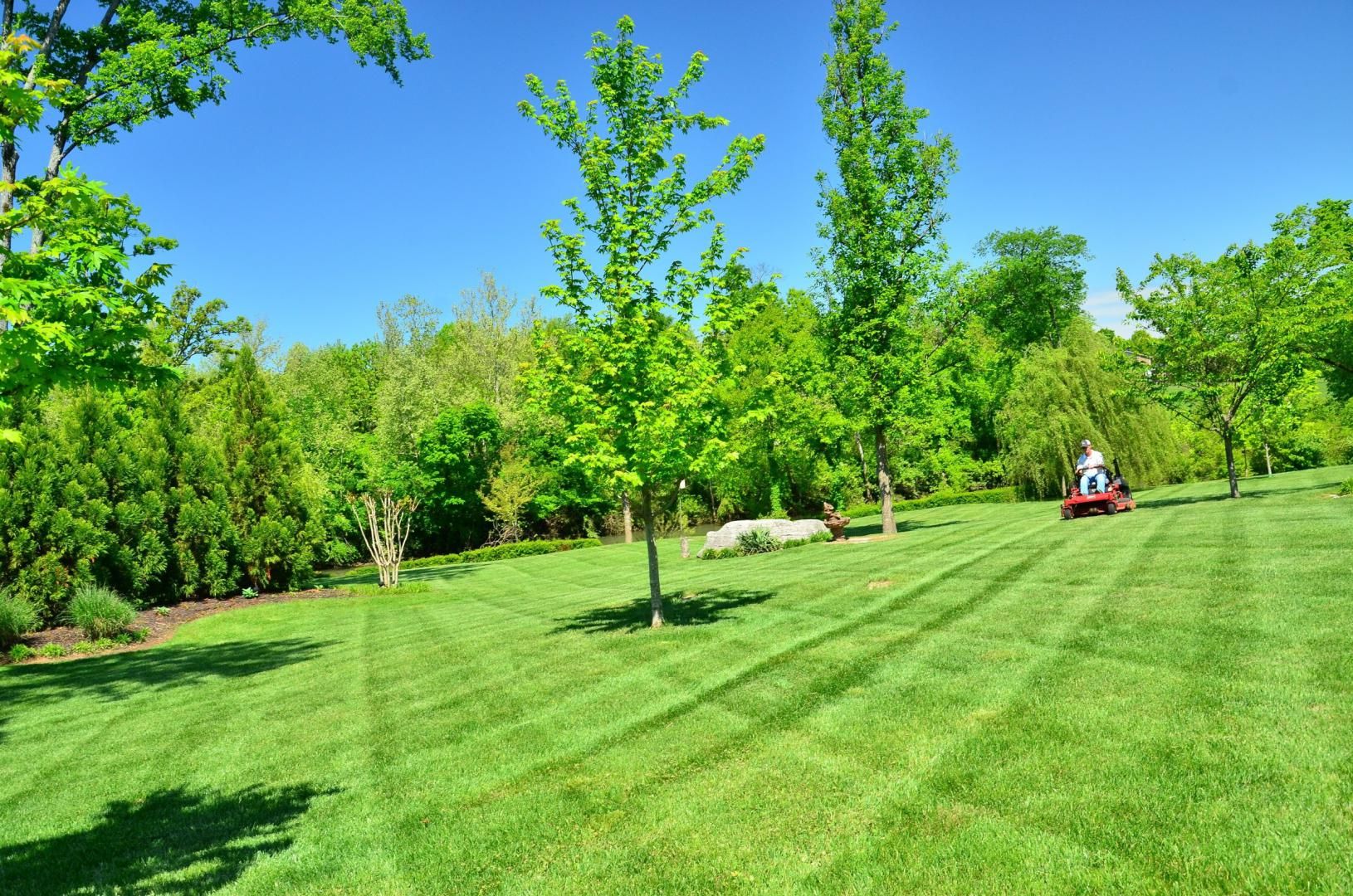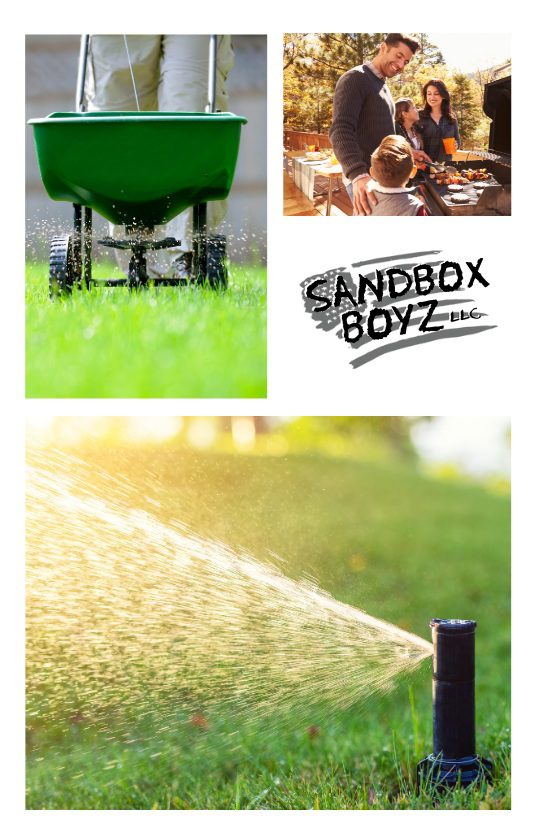
Spring Lawn Prep Guide for Northwest Florida
Lawn Evaluation
- Inspect Your Lawn: Early spring is a great time to assess winter damage. Look for areas of compacted soil, thatch build-up, bare spots, and signs of pest or disease damage.
- Soil Test: Conduct a soil test to check pH levels and nutrient deficiencies. Northwest Florida soils can be sandy and may require specific amendments to enhance fertility.
Cleaning and Raking
- Remove Debris: Clear away leaves, twigs, and any other debris that has accumulated over the winter months.
- Rake Gently: Use a flexible lawn rake to remove thatch (the layer of dead grass) and to fluff up the grass, improving air circulation.
Aerating and Dethatching
- Aerate if Necessary: If your lawn is heavily trafficked and the soil is compacted, consider aerating to improve water and nutrient penetration.
- Dethatch: If the thatch layer is thicker than 1/2 inch, dethatching might be necessary to ensure the health of the grass.
Soil Amendments
- Adjust pH Levels: Based on your soil test, you may need to add lime to raise the pH or sulfur to lower it.
- Fertilize: Choose a fertilizer appropriate for your grass type and soil needs. Slow-release, nitrogen-rich fertilizers are often recommended for spring.
Seeding and Sodding
- Overseed Bare Spots: Early spring is a good time to overseed any bare or thin areas in your lawn. Choose a grass seed blend that matches your existing lawn and is suited to the Northwest Florida climate.
- Sodding: For more immediate results, consider laying sod in areas where grass is sparse or non-existent.
Watering
- Irrigation Check: Ensure your sprinkler system is functioning correctly and adjust the watering schedule for spring.
- Water Deeply but Infrequently: This encourages deeper root growth, which is essential for a healthy, drought-resistant lawn.
Mowing
- Mower Maintenance: Sharpen mower blades, change the oil, and check the spark plug to ensure your mower is in top condition.
- Correct Height: Mow your lawn to the recommended height for your specific grass type, which is typically between 2.5 to 3 inches for most varieties in Northwest Florida.
Pest and Weed Control
- Pre-Emergent Herbicides: Apply a pre-emergent herbicide to prevent common weeds from sprouting.
- Pest Inspection: Keep an eye out for signs of pest infestation and address any issues promptly to prevent damage.
Mulching and Edging
- Mulch Garden Beds: Refresh mulch in garden beds to suppress weeds and retain moisture.
- Edge Lawn Borders: Clean up the edges of your lawn for a neat appearance and to define the boundary between your lawn and garden beds.
Regular Maintenance
- Stay on Schedule: Regularly monitor the health of your lawn, sticking to a consistent schedule of mowing, watering, and fertilizing.
- Adjust as Needed: Be prepared to adjust your lawn care practices based on weather conditions, lawn health, and any unforeseen issues.
Conclusion
Starting early and following these steps can help Northwest Florida residents ensure their lawns are lush, green, and healthy for the spring season. Remember, consistency and timely care are key to maintaining a beautiful lawn throughout the year.
